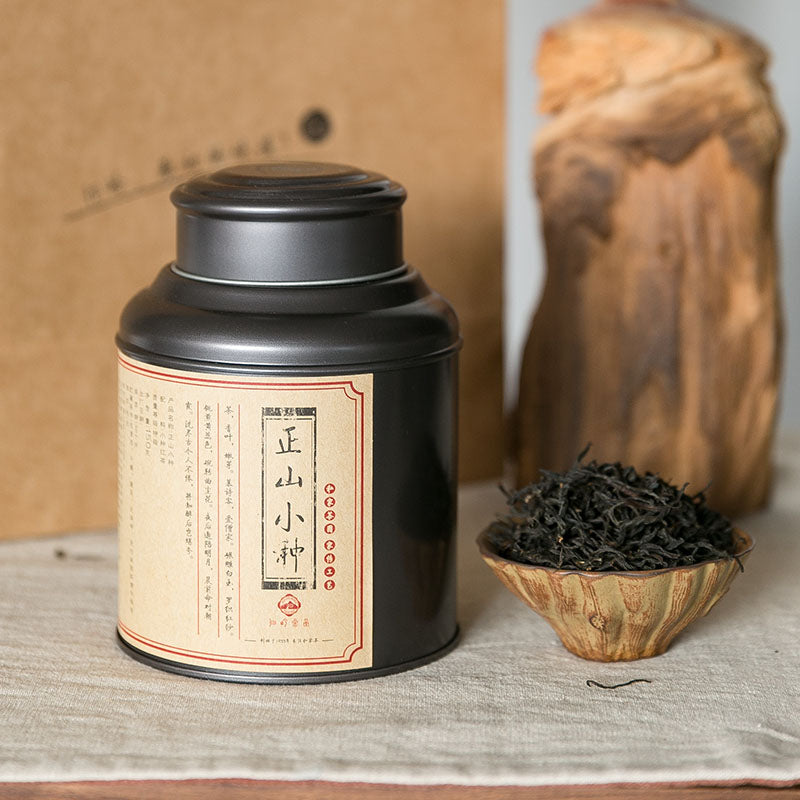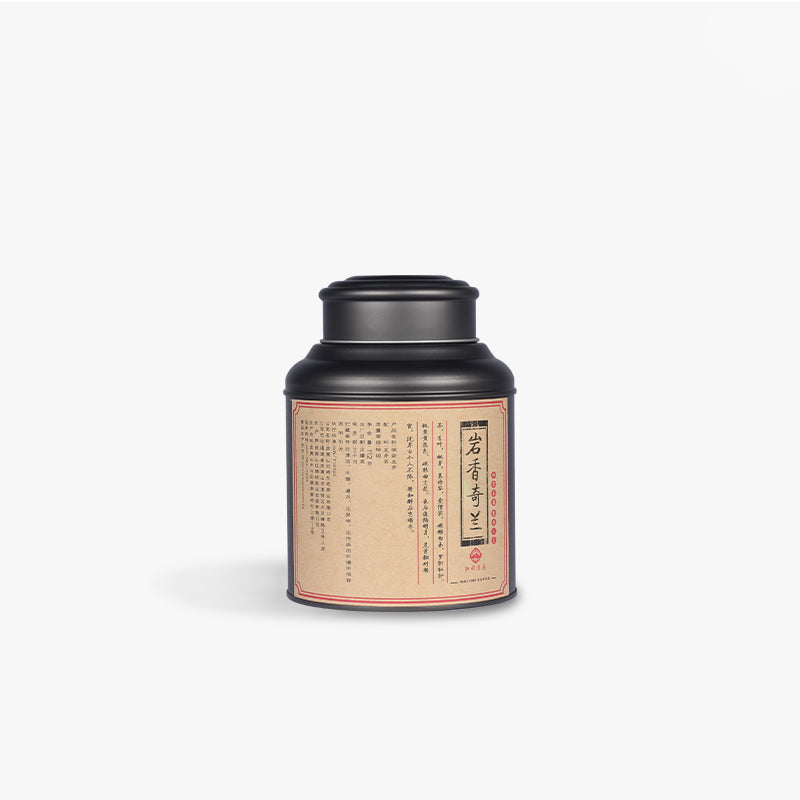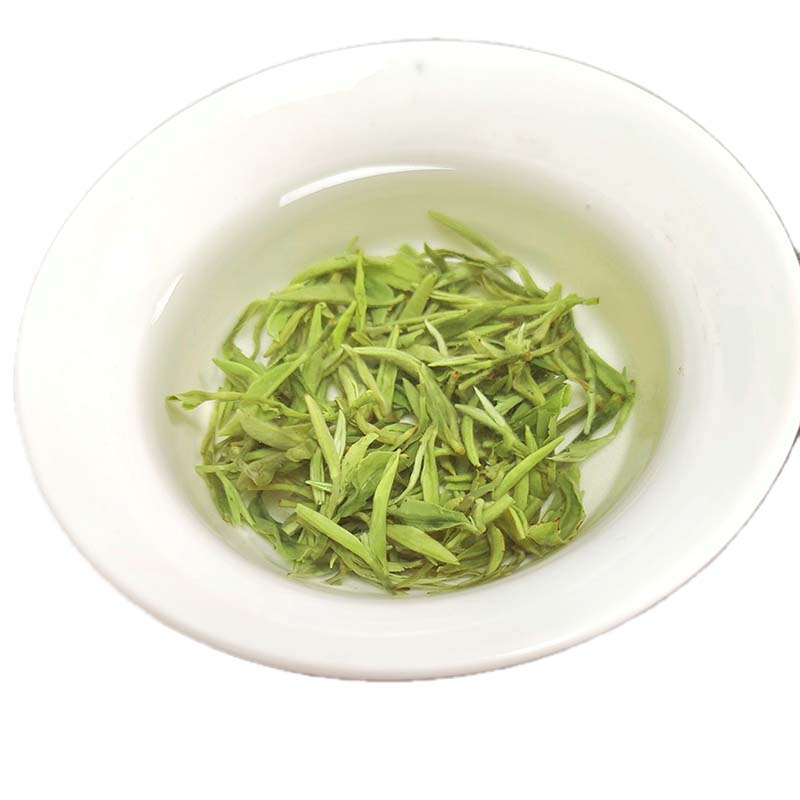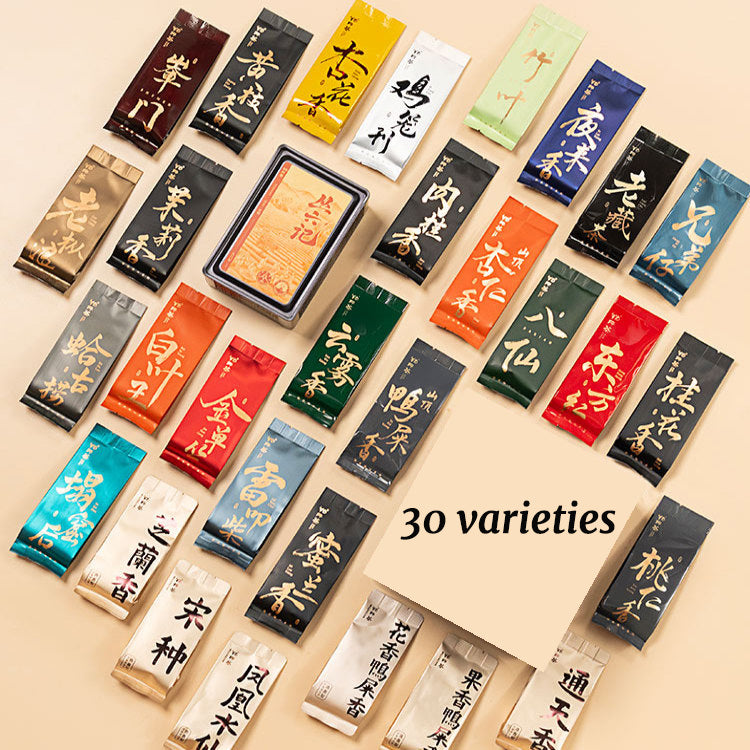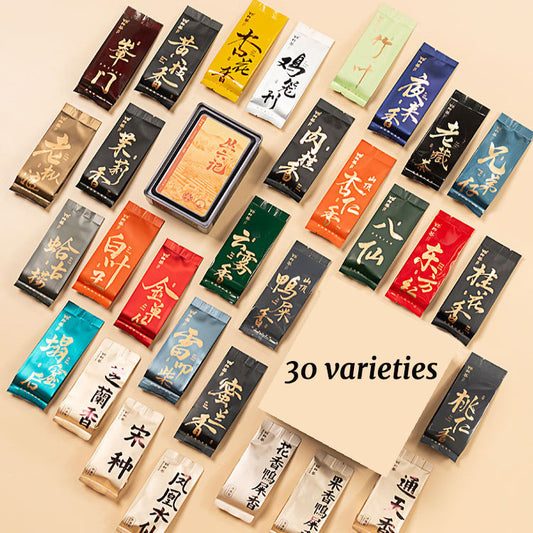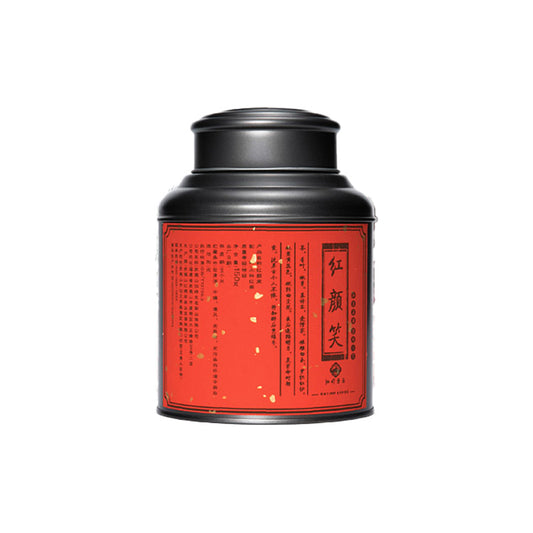The Enigma of the White Stuff on an Orange
The Enigma of the White Stuff on an Orange
As a tea enthusiast, you may find yourself occasionally wandering into the world of other botanical wonders. Consider the orange, a fruit beloved for its vibrant color and refreshing juiciness. Yet, nestled within its zestful exterior, there exists a lesser-known element that tends to intrigue — the white, spongy layer known as the pith. If you've ever peeled an orange and wondered about this mysterious substance, you're not alone. While oranges and tea may seem unrelated at first, both worlds come alive with curiosity, tradition, and subtle complexity.
First, let's demystify this enigmatic layer. The pith, or albedo, is the white, fibrous substance sandwiched between the orange peel and its luscious fruit. Often discarded as mere waste, the pith is actually rich in dietary fiber and flavonoids, offering its own suite of subtle health benefits — much like the oft-overlooked stems of a tea leaf. It softens the acidity, offering a cushioning buffer between the zest and the sweet, juicy flesh. While some may find it bitter, for others, it brings a balance reminiscent of a well-brewed, high-altitude oolong that dances between floral and earthy.
From a cultural vantage point, the pith might mirror the lacing of tea leaves that carry stories of their own. Just as a tender Bai Hao Yinzhen white tea tells tales of early morning mists and careful plucking, the pith holds its own quiet narrative of the sun and soil, of the variety and care that went into each citrus fruit. Imagine running your fingers over the pith and feeling the quiet stories embedded within, much like how we might trace the lines of a Yixing teapot, appreciating the artisan's signature on each curve.
In the kitchen, this white layer can be quite the unsung hero. Have you ever tried candied orange peels? In this delightful transformation, the pith, often dismissed, sweetens into a chewy delicacy. It's not unlike how time and heat reveal surprising depths in an aged Pu-erh. If you savor the notion of balance within contrast, you'll find a small but profound joy in including it in your culinary experiments — perhaps lightly grated over a salad or steeped gently in a pot of herbal tea to lend a touch of citrus complexity.
So, while tea and oranges each represent their own lush universes, they also gently echo one another — in their capacity to surprise, to reveal depth and warmth, and to offer moments of unexpected delight. Whenever you peel an orange next, let your thoughts wander for a moment to the pith, and consider its quiet contribution to the whole experience, much like the leaves at the bottom of your teapot that offer a final note of grace. In appreciating these subtleties, we enrich our everyday rituals with a little more awareness and gratitude.

